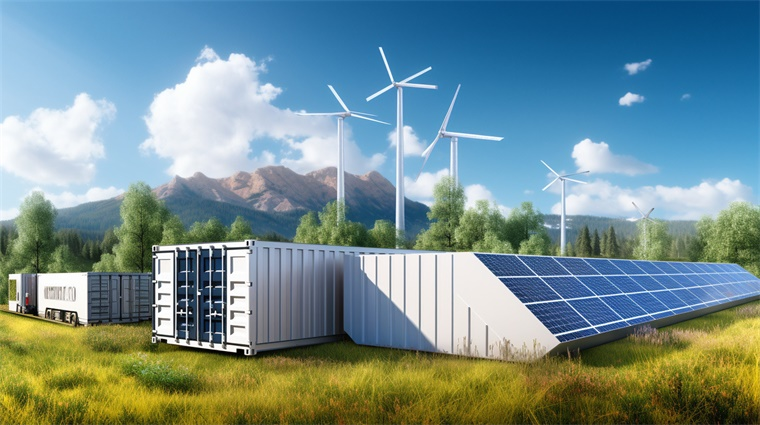
Energy Storage Batteries VS Power Batteries
There are many differes btw energy storage battery cells and Power battery cells, as below:
1. The Application Field Differ.
Energy Storage Battery: It is mainly used for power storage, such as grid energy storage, industrial and commercial energy storage, household energy storage, etc., to balance the supply and demand of electricity and improve energy utilization efficiency and energy costs.
Power Battery: It is specifically used to power mobile devices such as electric vehicles, electric bicycles, and power tools.
2. Characteristics of Charging and Discharging
Energy Storage Battery: Usually has a lower charge and discharge rate, and has relatively low requirements for charge and discharge speed, but pays more attention to long cycle life and energy storage efficiency.
Power Battery: It is necessary to support high-rate charging and discharging to meet high-power output requirements such as vehicle acceleration and climbing.
3. Energy Density and Power Density
Energy Storage Battery: Usually, they do not need to be charged and discharged frequently, so they have relatively low requirements for the energy density and power density of the battery, and pay more attention to power density and cost. They usually use more stable electrochemical materials and more relaxed battery structures, which can store more electrical energy and maintain stable performance during long-term operation.
Power Battery: High energy density and high power output need to be considered to meet the requirements of electric vehicles for driving range and acceleration performance. They usually adopt more active electrochemical materials and compact battery structure. This design can provide a large amount of electrical energy in a short time and achieve fast charging and discharging.
4. Cycle Life
Energy Storage Battery: Generally, a long cycle life is required, usually up to thousands or even tens of thousands of times.
Power Battery: The cycle life is relatively short, generally from a few hundred to a thousand times.
5. Cost
Energy Storage Battery: Due to differences in application scenarios and performance requirements, energy storage batteries usually pay more attention to cost control to achieve the economy of large-scale energy storage systems.
Power Battery: Under the premise of ensuring performance, the cost is also continuously reduced, but the cost is relatively high
6. Safety
Energy Storage Battery: The system is large in scale and may cause more serious consequences once a fire occurs. Therefore, the fire protection standards for energy storage batteries are usually more stringent, including the response time of the fire extinguishing system, the amount and type of fire extinguishing agent, etc.
Power Battery: Usually, it focuses more on simulating extreme situations in vehicle driving, such as high-speed collisions, overheating caused by rapid charging and discharging, etc. The installation position of the power battery in the vehicle is relatively fixed, and the standard mainly focuses on the overall collision safety and electrical safety of the vehicle.
7. Manufacturing Process
Energy Storage Battery:The manufacturing process is relatively simple, but it is also necessary to ensure the consistency and reliability of the battery. During the production process, it is necessary to pay attention to controlling the thickness and compaction density of the electrode to improve the energy density and cycle life of the battery. 8. Material selection
Power Battery: The manufacturing process has high requirements for the environment and requires strict control of humidity and impurity content to avoid affecting battery performance. The production process usually includes electrode preparation, battery assembly, liquid injection, and formation, among which the formation process has a greater impact on battery performance.
8. Material Choice
Energy Storage Battery: More emphasis is placed on long cycle life and cost-effectiveness, so the positive electrode material may be lithium iron phosphate, lithium manganese oxide, etc., and the negative electrode material may be lithium titanate, etc. In terms of electrolyte, energy storage batteries have relatively low requirements for ion conductivity, but high requirements for stability and cost.
Power Battery: It needs to have high energy density and good rate performance, so usually choose positive electrode materials with high specific capacity, such as high nickel ternary materials, lithium iron phosphate, etc., and negative electrode materials generally choose graphite, etc. In addition, power batteries also have high requirements for the ionic conductivity and stability of the electrolyte.
In short, energy storage batteries and power batteries are both batteries. Due to different application scenarios and performance requirements, there are obvious differences in design, material selection, manufacturing process, etc. With the continuous advancement of technology, these differences may gradually narrow, and more new battery technologies and application scenarios will also emerge.
